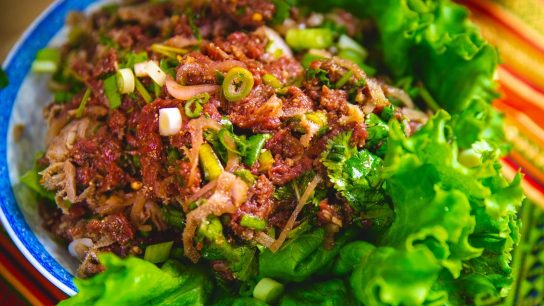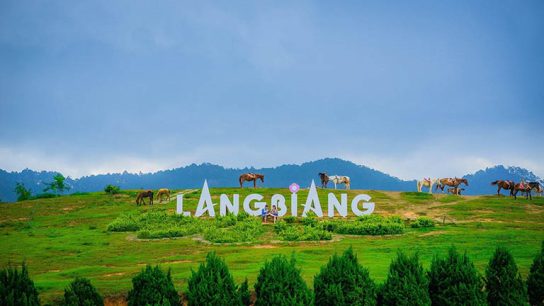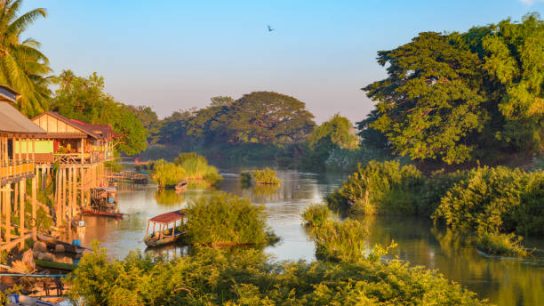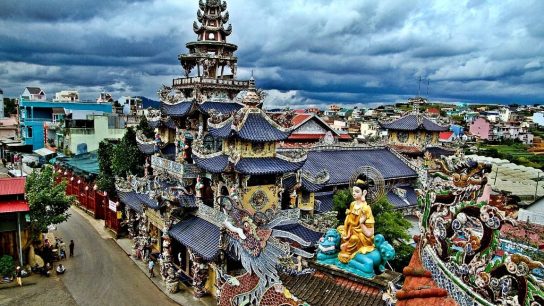Ever wonder how those exquisite silk fabrics and scarves are created? That being said, you really must visit the Angkor Silk Farm if you ever find yourself in Siem Reap, Cambodia! This location, which is tucked away in the peaceful countryside, provides an intriguing look into the silk industry. It’s important to recognize the artistry and commitment that go into each thread in addition to simply witnessing the process.

History of Angkor Silk Farm
Origins and Founding

With a long history, the Angkor Silk Farm was established with the goal of preserving and resurrecting Cambodia’s ancient silk-making techniques. The National Silk Centre established the farm, and Artisans Angkor made it a reality.
Founded in 1992, this organisation was the result of a partnership between the Ministry of Education in Cambodia and a European Nongovernmental Organization. The objective is to revitalize Khmer craftsmanship while providing rural Cambodians with employment opportunities.
Role in Cambodian Culture
Since it was brought to Cambodia from Northern India during the Angkorian era, silk weaving has had a profound historical significance. The finest sampot chang kben, worn by the aristocracy, were woven from silk, which was considered a symbol of luxury during this time.
Regretfully, silk production suffered greatly during the Khmer Rouge era, with mulberry bushes and looms being largely destroyed. The Angkor Silk Farm is a key player in the modern revival of this age-old craft, supporting many people economically while also safeguarding a vital piece of Cambodian history.
How to Visit Angkor Silk Farm from Siem Reap
There are several practical ways available to those who want to leave from the centre of Siem Reap and head to the Angkor Silk Farm.
Free Shuttle Bus
With free shuttle buses leaving from the city centre of Siem Reap, this is the most convenient way to go about it. This service provides guests with an easy and affordable method to get to the farm. It operates twice a day, at 9:30 AM and 1:30 PM.
It is wise to reserve a seat in advance by calling or emailing the farm, nevertheless, as a result of its popularity. This makes sure that everything goes smoothly and that you don’t have to worry about any transportation issues while you enjoy the farm’s products to the fullest.
Tuk-tuk or Cab

Using a tuk-tuk or cab offers a practical option for people who would rather have a more flexible timetable or tailored experience. Usually taking twenty to thirty minutes, the drive to the farm takes you through the beautiful landscape of Siem Reap.
Rides in a tuk-tuk are cheap, usually $15 to $20, including waiting time. They are also widely accessible. To optimise your day’s adventures, a lot of drivers also combine trips to other neighboring sights, such the lotus farm, into package arrangements.
What to Expect at Angkor Silk Farm
When guests arrive at the Angkor Silk Farm, they are greeted by a tranquil sanctuary surrounded by lush foliage, setting the stage for an engaging and instructive visit. Here’s what to expect when you visit this seductive spot:
Guided Tours:
At the Angkor Silk Farm, friendly and knowledgeable staff members offer free guided tours. From the meticulous raising of mulberry trees to the intricate weaving of silk threads, these outings provide a comprehensive grasp of the whole silk production process. These multi-audience trips are led by experienced guides who speak Khmer, French, and English with ease. This guarantees a welcoming and educational experience for each and every visitor.
Mulberry cultivation:
Typically, the trip begins in the centre of large mulberry fields, where visitors are told about the importance of mulberry leaves for the production of silk. Mulberries are the primary food source for silkworms, and guides highlight this while describing how to grow them. The lush surroundings of the plantation are shown in greater detail, allowing viewers to appreciate the significance of the natural resources employed in silk weaving.
Silkworm Rearing:
During the tour, attendees will learn about the fascinating breeding topic of silkworms. Experts describe the life cycle of the silkworm, from egg to larva to cocoon, to clarify the minute intricacies of this remarkable metamorphosis. Viewing silkworms in various stages of development offers visitors an intriguing glimpse into the care and nurturing of these delicate creatures.
Silk Production Process:

Seeing artists at work in traditional weaving workshops is the tour’s high point, since it showcases the silk production process. Beginning with the painstaking boiling procedure used to remove raw silk strands from cocoons, artisans display the skill and workmanship required in each step of the production process. The elaborate methods used by artisans, including as weaving and dying, to create fine silk fabrics that are prized for their excellence and beauty, enthral visitors.
Artists at Work:
During the tour, guests can engage in real-time interactions with proficient artists as they work on their craft. By witnessing skilled weavers skillfully operate looms and create elaborate designs, guests may comprehend the commitment and proficiency needed to create exquisite silk goods. Craftspeople are frequently delighted to interact with guests, responding to inquiries and relating stories about their work, creating a sense of community and admiration for customary Cambodian workmanship.
Gift store:

The trip ends at the gift store of the Angkor Silk Farm, where guests can peruse a carefully chosen assortment of premium silk goods. Intricately woven textiles, home decor items, scarves, and shawls are just a few gifts local craftsmen create on-site for the store. Authentic Cambodian silk products can be bought by tourists straight from the source, helping local craftsmen and bringing home priceless souvenirs of their trip.
Local Tips For You
- To make the most of your visit, plan to arrive early to avoid the crowds. The farm is open daily from 8:00 AM to 5:00 PM, with tours running throughout the day. The early morning hours are ideal for a peaceful and immersive experience.
- Don’t miss out on purchasing authentic silk products directly from the source. The farm’s gift shop offers a wide range of items, from scarves to home decor, all crafted with the finest Cambodian silk. Paying in USD is accepted, making transactions convenient for international visitors.
- Nearby attractions such as Angkor Wat and Pub Street can be included in your itinerary for a well-rounded Siem Reap experience. A visit to Angkor Silk Farm provides a relaxing counterpoint to the bustling temples and lively city center, offering a unique insight into Cambodia’s cultural heritage.
- For an extended experience, consider combining your trip with a visit to the lotus farm or other local crafts workshops. Hiring a tuk-tuk for the day allows for flexibility and the opportunity to explore the beautiful countryside at your own pace.
The Long Tan Cross: A Historical Memorial of the Vietnam War
Top 5 Trusted Taxi Brands in Saigon






